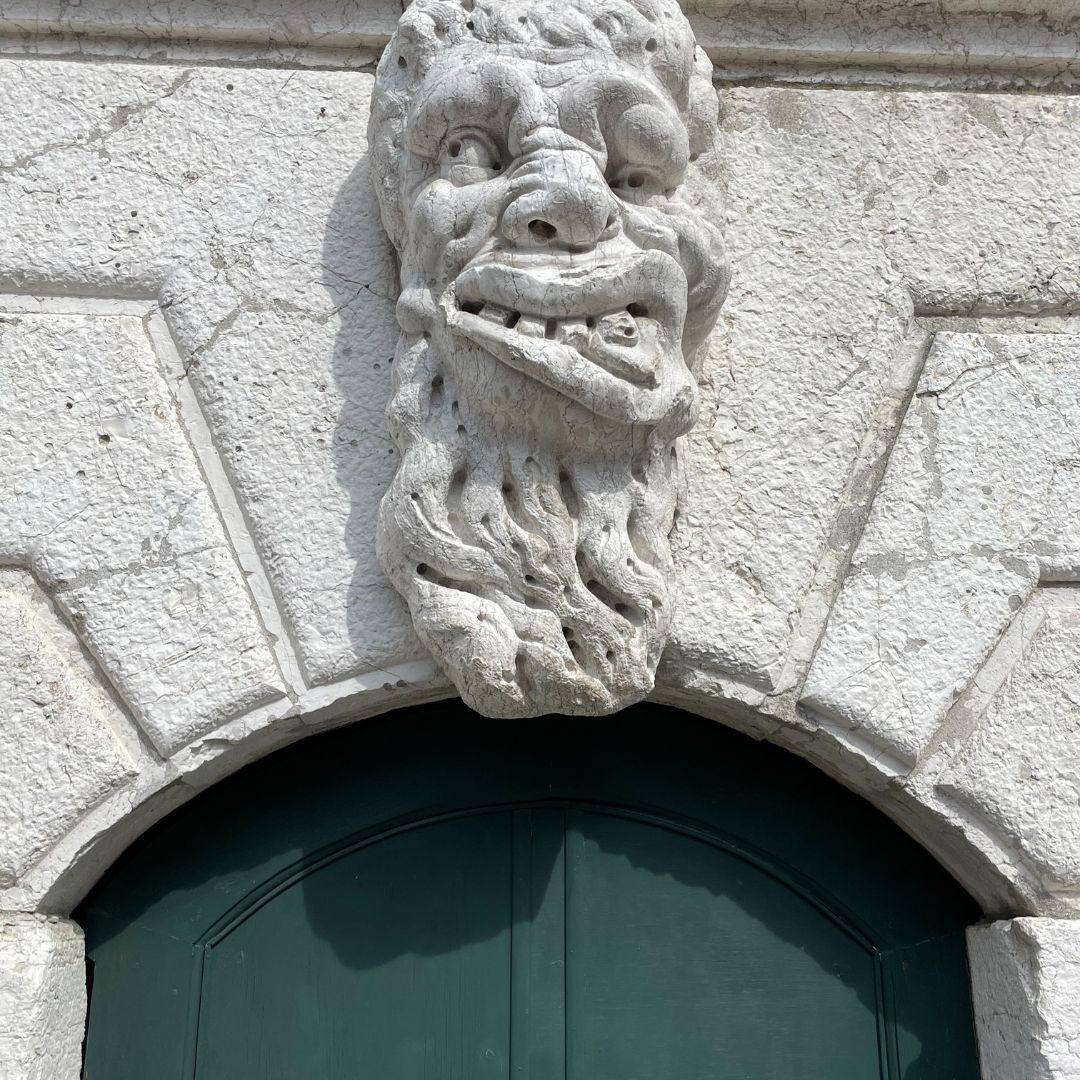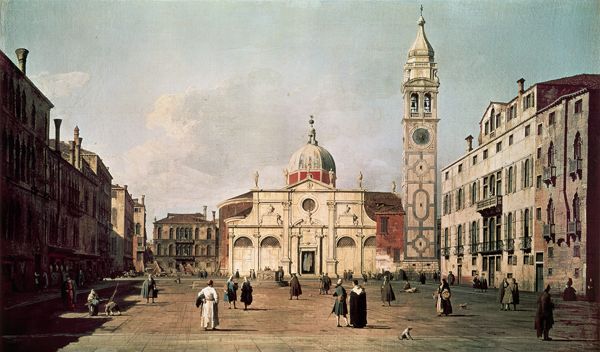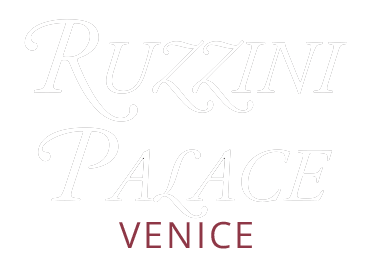discovering the masterpieces of campo santa maria formosa

Palazzo Ruzzini is a historic building that was the residence of three doges. But in Campo Santa Maria Formosa, one of the most fascinating and authentic areas of Venice, there are many masterpieces of art. This area is known for its Renaissance architecture, its picturesque canals and its artistic and historical treasures, which are worth discovering on foot.
Here is a list of things to see in Campo Santa Maria Formosa:
1. CHURCH OF SANTA MARIA FORMOSA
The Church of Santa Maria Formosa is the most important historic building in the campo of the same name and one of the eight oldest churches in Venice and houses numerous art and architectural treasures. Among these, you can admire works by Tintoretto, Palma il Giovane and other great masters of Venetian painting.
According to tradition, the church was built in 639 by San Magno di Oderzo, who would have received a vision of the Virgin as a shapely, or beautiful, woman. This apparition would have indicated the place to erect a church dedicated to her.
However, the first written documents testifying date back only to 1060, and the church was renovated after a fire in 1106. The ancient Greek cross pattern was maintained in all subsequent restorations until the fifteenth century.
Mauro Codussi, one of the greatest architects of the Venetian Renaissance, completely rebuilt the church in 1492, giving it the Renaissance style we can admire today. The current building is one of his masterpieces, blending Byzantine and Renaissance elements.
2. THE BELL TOWER OF THE CHURCH OF SANTA MARIA FORMOSA
The bell tower of the Church of Santa Maria Formosa is the tall bell tower that stands next to the church. Dating back to the 12th century, the bell tower has been rebuilt several times over the centuries, after fires and collapses. The current structure dates back to the 15th century and is slender and majestic, with a clock on the facade.
The mascaron is a decorative element on the facade of the church, which represents a stylized male face. It is located above the entrance portal and is said to have been made by Jacopo Sansovino, one of the most famous sculptors of the Italian Renaissance. The mascaron is one of the most interesting details of the church facade and has become one of the symbols of the Campo di Santa Maria Formosa.
3. Grimani Palace
Palazzo Grimani di Santa Maria Formosa is one of the most important Renaissance palaces in Venice.
The palace was commissioned by the Grimani family in the 16th century and was designed by two of the greatest architects of the Venetian Renaissance, Michele Sanmicheli and Giovanni Maria Falconetto. The palace was conceived as a set of separate buildings, connected to each other by a large internal courtyard.
Inside the building there are numerous halls frescoed by Venetian Renaissance artists, including Giovanni da Udine, Camillo Mantovano and Francesco Salviati. In addition, the palace houses a collection of ancient sculptures and paintings, including works by Titian and Veronese.
Today it is state-owned and is open to the public as a museum. A visit to Palazzo Grimani in Santa Maria Formosa is an unmissable experience for lovers of Venetian art and history.

4. THE QUERINI STAMPALIA
The Querini Stampalia is one of the most evocative buildings in the campo. The palace dates back to the 16th century and was built for the noble Querini family, but has undergone numerous renovations and expansions over the centuries. The last and most important renovation was commissioned in the 20th century by Carlo Scarpa, one of the greatest Italian architects of the 20th century.
A visit to the palace is a unique experience, as it offers the opportunity to admire the original furniture and art collection of the Querini family, as well as the modern and contemporary works of art exhibited in the Gallery of Modern Art.
Among the most interesting works of art preserved in the palace are the engravings by Albrecht Dürer, the paintings by Giambattista Tiepolo and the drawings by Canaletto. Furthermore, the palace is famous for its library, which houses a collection of over 350,000 volumes, manuscripts and incunabula.
Palazzo Querini Stampalia is one of the hidden jewels of Venice, a place where art, culture and history come together in an unforgettable experience for visitors.
AND OUR NEIGHBOR IS...?
And to finish the itinerary in Campo Santa Maria Formosa, we reveal a secret. We have a truly illustrious neighbour: Sebastiano Venier, the famous Capitano General da mar, winner of the Battle of Lepanto in 1571 and later 87th Doge of Venice, lived in the building next to oursTry to look for the sign in memory of this famous neighbor of ours.
















































































































